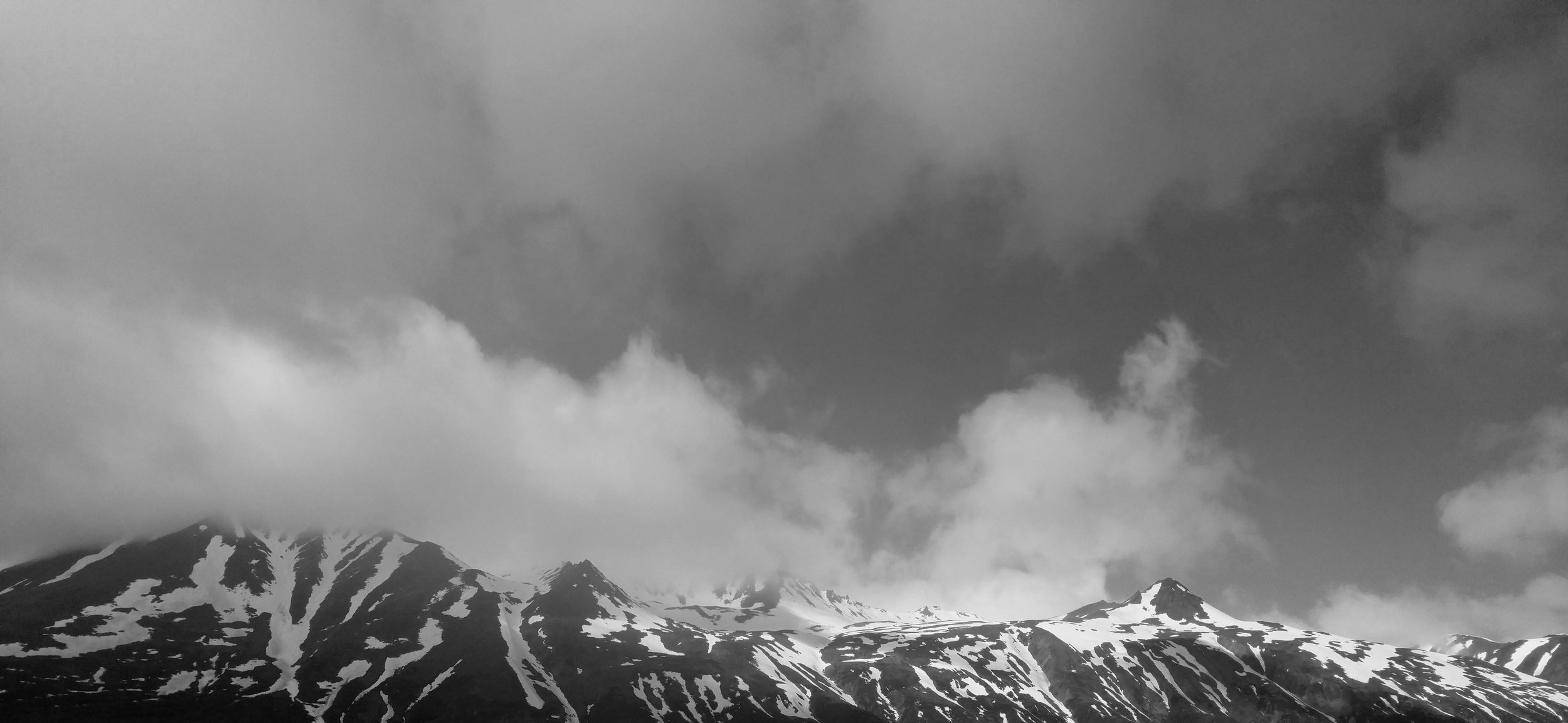I’m Siddharth Shankar!
I'm Dr. Siddharth Shankar, currently a postdoctoral researcher at Center for Remote Sensing and Integrated Systems (CReSIS), University of Kansas.
I started my polar journey back in 2015 as a Ph.D. student with Dr. Leigh Stearns.
Coming from a non-earth science background and being an international student, it was a very exciting opportunity for me.
It opened new areas of research, as well as techniques that I fell in love with during my Ph.D.
I got introduced to remote sensing which allowed me to explore remote regions of our planet, particularly the Greenland Ice Sheet.
I explored optical and radar imagery and integrated it into my research on icebergs. Icebergs are a critical part of the Greenland Ice Sheet, as they are one of the major forms of mass loss from the ice sheet.
Icebergs also play an important role in the distribution of freshwater flux in fjords and coastal regions. Something I am currently working extensively with is data fusion for iceberg tracking and sea-ice measurements from satellite remote sensing.
It is an awesome time to be a polar explorer, as the field has opened a lot over the years due to better technology. A big part of it also goes to open-source development within
the community that provides more transparency and reproducibility in the workflow related to polar science. We are experiencing climate change in our daily lives, and it is the major factor
that everything else depends upon in the 21st century. My passion is in exploring climate change solutions that tie in climate science with society. Moving forward it is critical to
understand that longevity in any form will only happen when climate change is taken into perspective.
I was born in the ancient city of Lucknow, India. The city is known for its hospitality, beautiful palaces, and amazing food!
This is one of the many things that I miss at times but also feel privileged to have grown up in such a beautiful city.
During my free time, I enjoy abstract painting and photography.
I got an opportunity to study and explore at the INTERNATIONAL SUMMER SCHOOL IN GLACIOLOGY, McCarthy, Alaska, in 2016.
It was the first time I got to hike on Root and Kennicott glaciers. Though I was completely exhausted during the hike, it was an amazing experience!
The summer school had amazing professors who gave valuable insights from different perspectives about the field of glaciology.
As I got involved in polar science, my family got to know about the field and found it fascinating how we can observe large-scale regions and changes associated with it through remote sensing.
I want to work towards providing climate change solutions. Climate change is one of the biggest challenges that our generation and future generations are facing in the 21st century.
Though, we are working towards reducing emissions and bringing carbon neutrality, we also need to bring adaptability to climate resilience.
This adaptability comes in the form of sustainable agriculture, increasing the green cover of cities with local flora, better wastewater management,
improving the groundwater table, making renewable energy resources the norm, and reusability of products, which are some of the many areas that can be made climate resilient. Every region
in this world has a different template, so we cannot mimic one thing and implement it globally. A key insight of this resilience will come from traditional native knowledge of the land
that will help build a knowledge base on which future generations can become sustainable.
For someone who is looking for a career in glaciology, my suggestion would be to be courageous.
When you have a path that you want to follow, you have to first believe in it yourself, before anyone else.
Whether you are coming from a traditional geosciences background or have a completely unorthodox set of skills, your passion and enthusiasm will drive your growth as a scientist.
Follow Siddharth on Twitter @shankar_sid , on Instagram @icebergsid , and keep up to date with his research at https://glaciersid.github.io/





